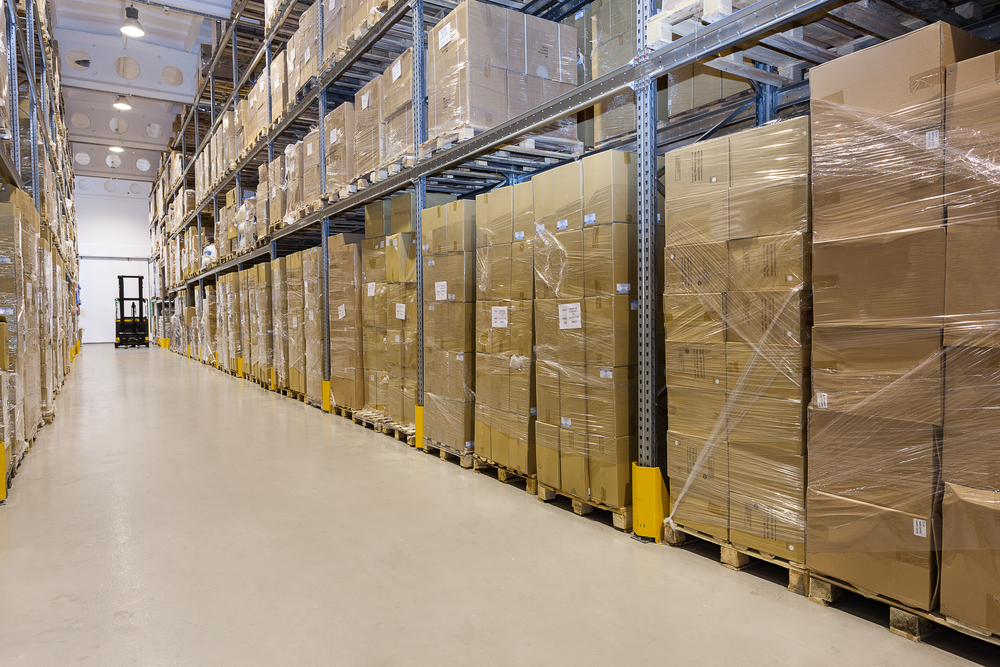Managing Multiple Entities With ERP
By Kassi Burke
In today's fast-moving manufacturing world, it is critical to have an ERP system that can keep up. Manufacturing leaders need accurate data in real-time across all areas of the business to succeed. This is especially true if your manufacturing business has multiple entities or sites in different geographic locations. If your manufacturing business is using different software solutions or outside processes to manage multiple entities it's a recipe for failure. Managing multiple entities with Vis ERP is easy - find out more below.
Benefits of ERP in Multi-Entity Environment
Using the same ERP solution across multiple entities is the key to standardized and streamlined data, one of the many benefits of ERP in multi-entity environments. Read more about this and other benefits below:
- Standardized Data - ERP solutions like Visibility ERP bring together data from all areas of a business from customer service and accounting to purchasing and inventory (and every department in between), including across multiple entities and warehouse locations. Standardized data is easier for decision makers to analyze and make decisions based off of because there are less chance for errors and duplicates.
- Real-Time Data - Having access to data in real-time is a benefit to ERP systems in general, but especially when there are multiple entities involved. Having access to real-time insights will allow for streamlined operations, improved decision making, better communication both internal and external, and adaptability to changing market conditions just to name a few.
- Improved Communication - When multiple entities or warehouses are involved, communication is key. Having all departments linked to the same ERP system will allow better communication between entities/warehouses and ultimately better communication to the customer, one of the keys to great customer service.
Key Features & Functionality to Look for
Now that you know some of the benefits of using ERP to manage manufacturing business es with multiple entities and/or warehouses, now let's look at the key features & functionality to look out for when evaluating potential ERP providers:
- Robust Inventory Management - When it comes to managing multiple entities and warehouses with ERP, it all starts in the inventory module. Look for Inventory Control functionality such as multi-level inventory control, project inventory, warehouse maintenance, location control, inventory cost and count accuracy and automated data collection.
- Flexible Hosting Options - For manufacturers with multiple-entities or locations be sure to look for flexible hosting options in an ERP provider. Visibility offers both on-premise, cloud-based, and hybrid hosting options for the ultimate flexibility. Cloud-based hosting may be optimal for multi-entity situations because the ERP provider manages everything from providing updates to database management, while you focus on managing and growing your business.
- Scalability - An ERP system should be built to handle growth as well as change in your organization, especially when there are multiple entities (related or not) involved. Companies with multiple entities and locations are more prone to growth and must be equipped with the right ERP provider for expansion. An ERP system that can scale will help with managing complexity, processing data, automating workflows, and more.
Conclusion
Visibility ERP provides a true multi-entity environment where multiple related or non-related businesses may be operation within the context of a single Visibility ERP installation and database. Where business entities may have a customer to supplier relationship in one or both directions, Visibility ERP supports the use of inter-entity purchasing, warehouse transfer and cost accounting.
Think Visibility could be the perfect ERP solution for you? Click here to setup a free demo with a member of our team.


